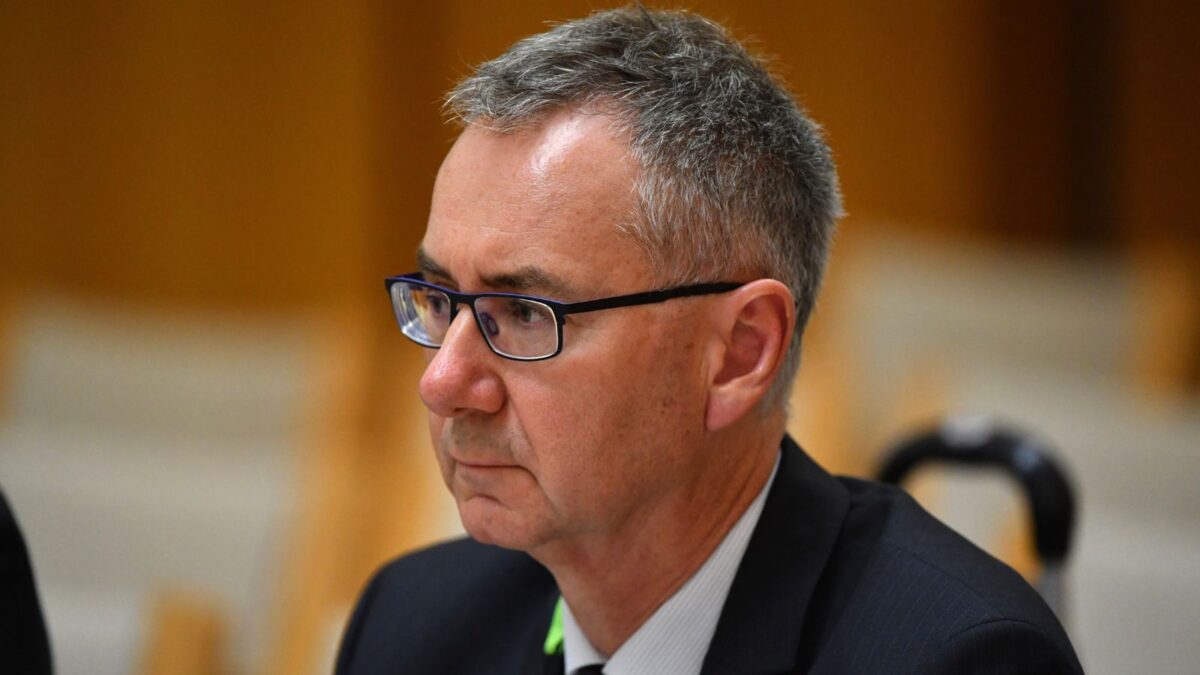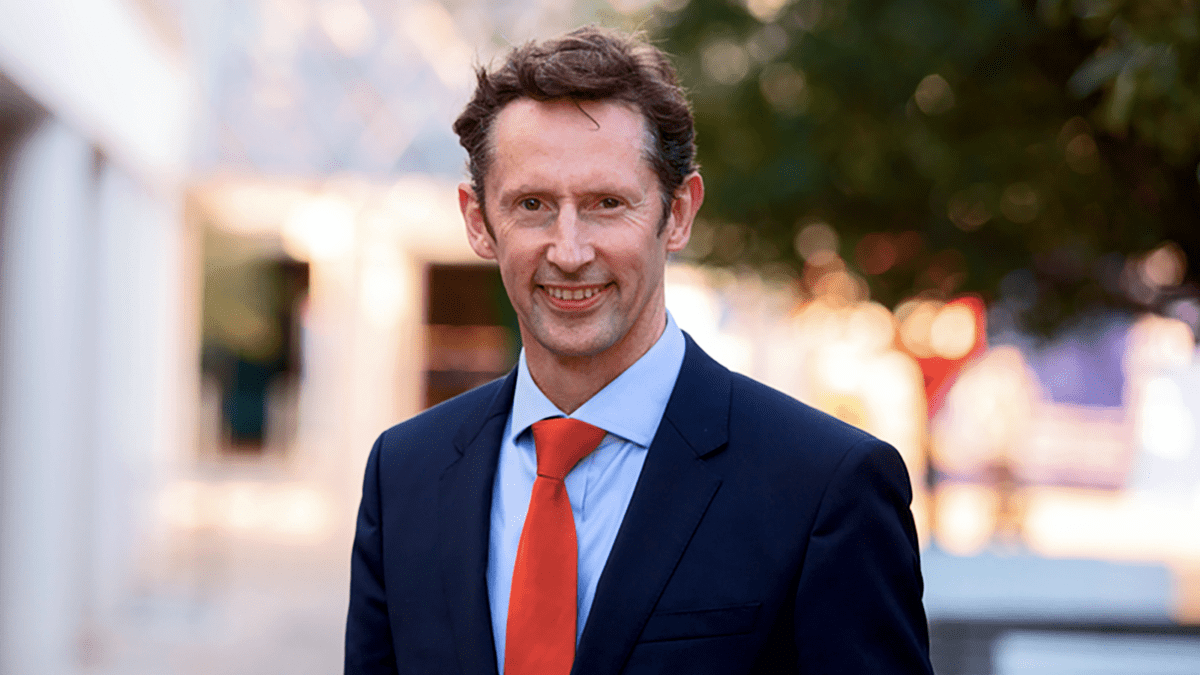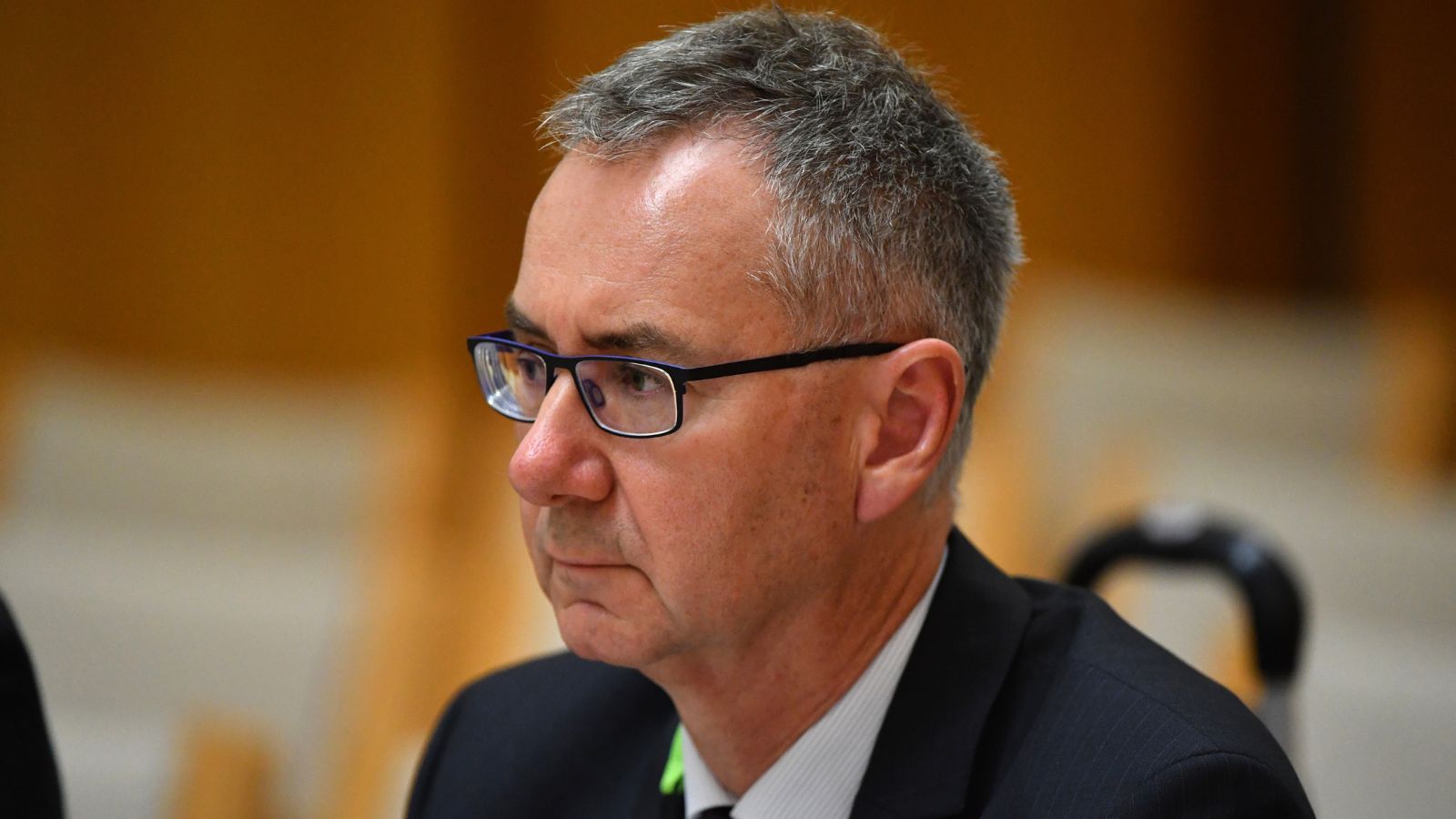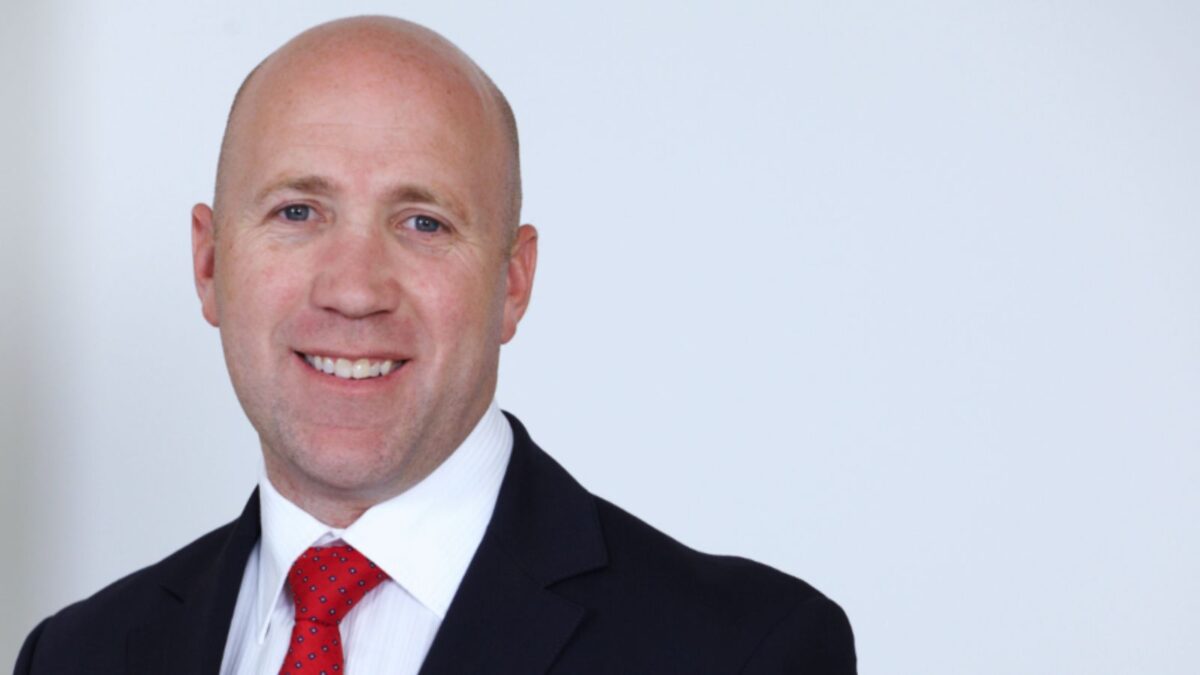Labor sketches a big plan for big super
Labor wants to “super-charge” the Australian economy by putting our largest pool of capital to work both at home and away. But on Your Future, Your Super, they won’t be throwing the baby out with the bath water.
The Your Future Your Super (YFYS) reforms represent one of the most daring political plays by the LNP in recent memory, effectively depriving Labor of one of its weapons of choice in the election arena – their long history with social programs like Medicare and super. With YFYS, the LNP didn’t just level the playing field. They torched it.
The issues at the heart of YFYS are not issues that can be carried to a mass audience. YFYS is nominally aimed at members, and has been marketed as such. Objections against it get into the heady world of basis points and tracking error, complex concepts that cannot be reduced to a soundbite, even if many in the industry believe YFYS will have a disastrous impact on member outcomes.
It’s the same reason that, armed with a document that essentially mandated the SG increase be frozen (the Retirement Income Review) the LNP chose to press ahead with the increase anyway. Nobody was going to wade through 500 pages of figures and tables to figure out why their super wasn’t going to increase – especially when Labor could run a highly effective scare campaign, as it has done previously with Medicare.
So instead, Labor will go bigger picture. It seems unlikely that super will inform much of their platform in the May election – they seem to be letting the trips to Hawaii and forced handshakes speak for themselves – but an address by Stephen Jones, shadow minister for financial services, on Thursday (January 27) offers a glimpse into what Labor would do with our largest pool of capital if it does win government.
“Superannuation isn’t the problem; it’s the solution to a whole bunch of problems. We think we can be deploying super funds not only in the interests of the members who own them, but also in the national interest,” Jones said. “(The government) has an important role to play as facilitators in bringing people together and ensuring that, particularly in the infrastructure sector, there is deal flow, and that we have capacity in certain strategic markets.”
YFYS would likely be recalibrated, but Labor won’t throw the baby out with the bathwater. The performance test would be allowed to run for at least another two years before any changes were made, and benchmarking is an initiative that Labor believes in. They won’t be making “capricious, ideological, ill-conceived” changes to the system – in the vein of the proxy advice regulations – but the LNP “has designed the most complicated way of benchmarking a fund”.
“You’ve got to ask yourself: if a CPI plus performance benchmark is the right model for the Future Fund, why have we set up something completely different?” Jones said. “You’ve got to ask yourself if there’s a simpler model. What matters to a fund member at the end of the day is their net return.”
Jones is also sceptical of the benefits of consolidation within the industry – something the LNP will likely regret as well when a handful of “union-linked” industry funds control the country’s largest pool of capital. To his mind, it limits the opportunity for funds to engage in venture capital funding of innovative young companies.
“I’d hate to look back in ten years’ time and find that we have created in the superannuation sector a mirror image of what we’ve got in the banking sector. Left unchecked, that’s what we will have. The aggregation has gone ahead at great pace before, and it’s gone on again under YFYS,” Jones said.
“We need to have a serious think about that; there are efficiencies, but there are inefficiencies. There are productive, efficient, bankable investment opportunities that just don’t get looked at unless the deal’s worth more than $100 million or $200 million or $500 million.”
But it remains to be seen if the role that Jones and Labor imagine for super is a role they want to play. While they’re usually cast as fellow travellers, the idea of working hand in hand with the government could run up against all sorts of obstacles: the sole purpose test, or the perception that one party was exerting undue influence over the other. Still, it’s a bold plan, and one that stands in stark contrast to the LNP’s smaller – and often punitive – vision for the sector.
“We’d be one of the only countries in the world that wasn’t doing it if we let this opportunity go by… I reckon that’s what ambition looks like; a government that is more ambitious for the people and the country it leads than we are for ourselves,” Jones said.










